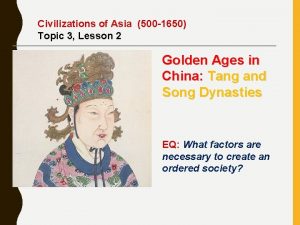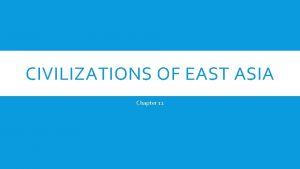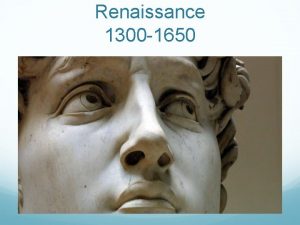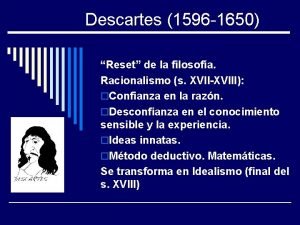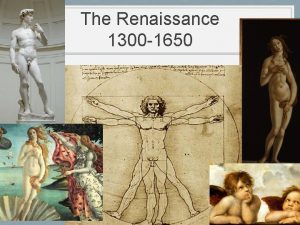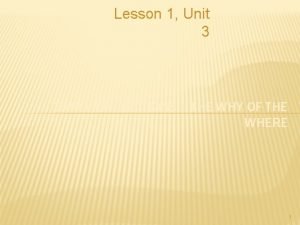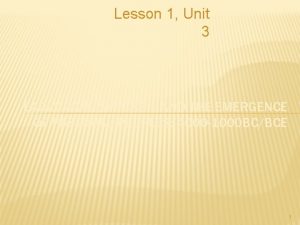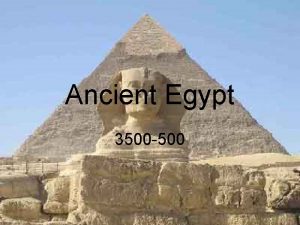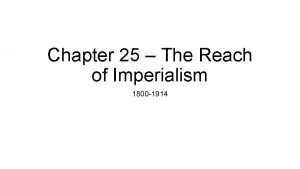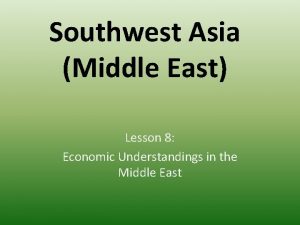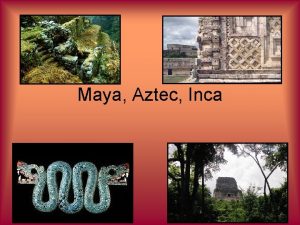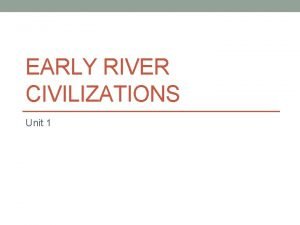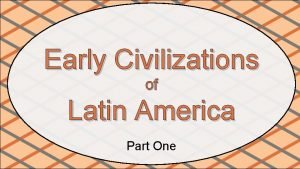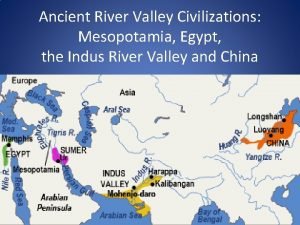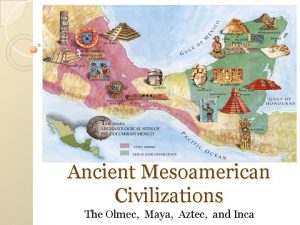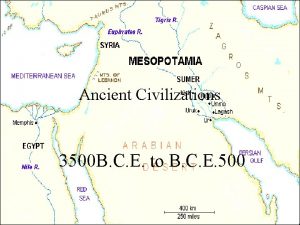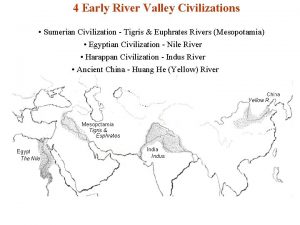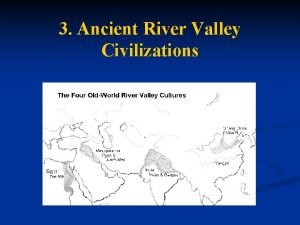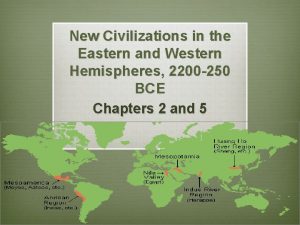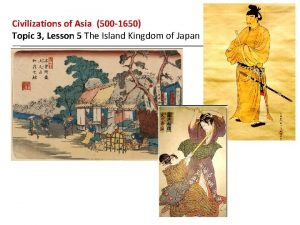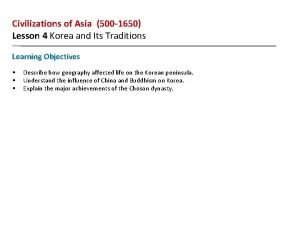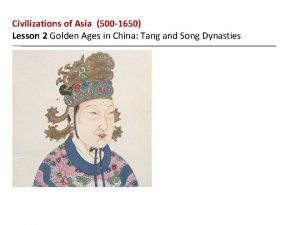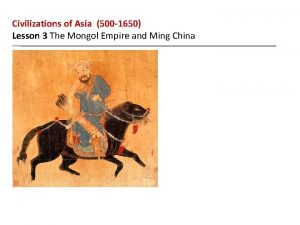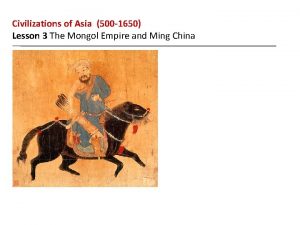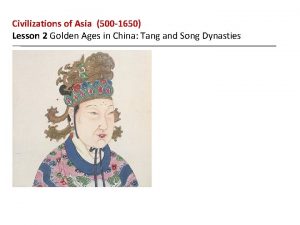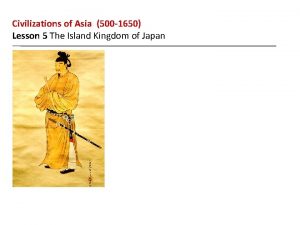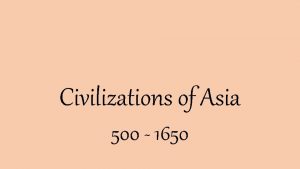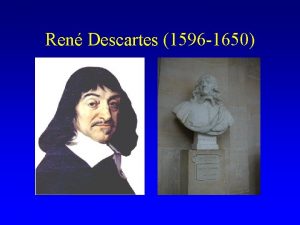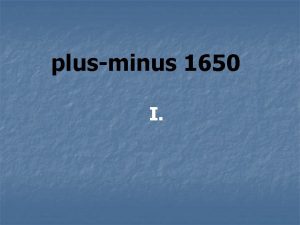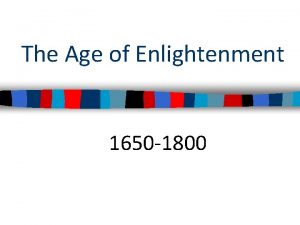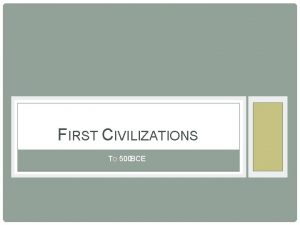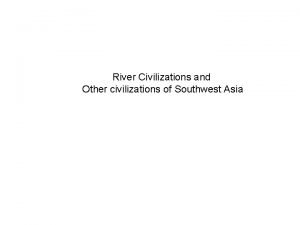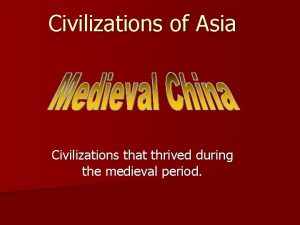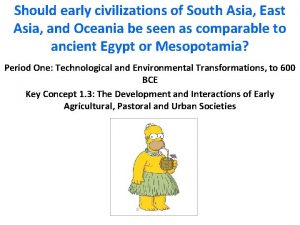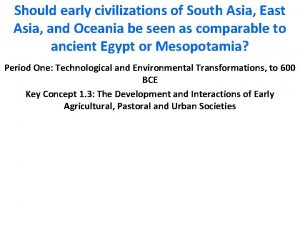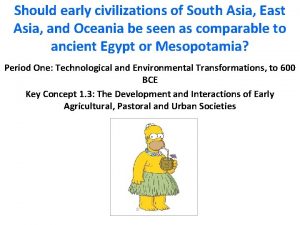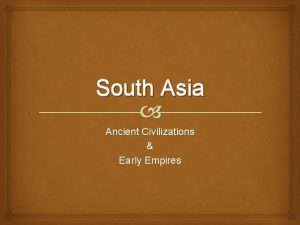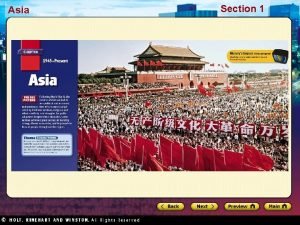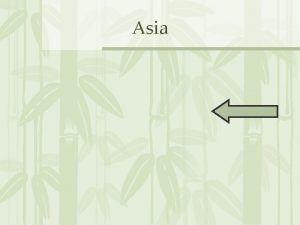Civilizations of Asia 500 1650 Topic 3 Lesson


























- Slides: 26

Civilizations of Asia (500 -1650) Topic 3, Lesson 2 Golden Ages in China: Tang and Song Dynasties EQ: What factors are necessary to create an ordered society?

Civilizations of Asia (500 -1650) Lesson 2 Golden Ages in China: Tang and Song Dynasties Learning Objectives • Summarize how the Tang dynasty reunified China. • Explain how the Song dynasty grew rich and powerful despite military setbacks. • Understand how China created an ordered society. • Describe the major cultural developments in the Tang and Song dynasties.

Civilizations of Asia (500 -1650) Topic 2, Lesson 2 Golden Ages in China: Tang and Song Dynasties Key Terms • • Tang dynasty Tang Taizong tributary states land reform gentry Dowry pagoda Academic Vocabulary compel: to force to do something economy: the prosperity or earnings of a place redistribute: divide and give out again establish: bring something about symbol: something used to represent something else

BELL RINGER: CHINA GEOGRAPHY Answer the following: 1. Which dynasty had the largest territory? 2. Identify two physical features on the map. 3. What are China’s three major rivers called? 4. What areas did the Grand Canal connect?

Tang Dynasty (618 -907 AD): Restores China to Glory • • Wu Zhao rose from a lowly position at court to a position of influence over the Tang emperor. Upon his death, she became the first woman to claim the throne. In the late 600 s Wu Zhao (woo jow) became the only woman to rule China in her own name. She proved herself to be a capable empress. Her strong rule helped guide China through one of its most brilliant periods. At a time when Europe was fragmented into many small feudal kingdoms, two powerful dynasties—the Tang and the Song—restored unity in China.

The Tang Dynasty Restores China to Glory Answer in complete sentences. Read the text pg. 190 -191). 1. Summarize How did the Tang dynasty reunify China? 2. Draw Conclusions What did Tang rulers do to extend their control over the Chinese people?

DYNASTIES: SYNTHESIZE TANG CHINA • Tang rulers carried empire building to new heights, conquering Vietnam, Tibet, and Korea. Within China, Tang emperors instituted a system of land reform. How did foreign conquests and land reform strengthen the economy and the Tang empire? 3. Fill out the chart, using examples of how each factor (central gov. , education, tributary state) helped the Tang dynasty attain and maintain its power. Central Government Education Tributary State

TANG DYNASTY (618 -907 AD) • Tang dynasty founded by Tang dynasty Taizong and his father. • Tang Rulers: 1. Expanded: Conquered Vietnam, Tibet and Korea –gave areas freedom, but they have to provide tribute. 2. Land reform: Rulers weakened the power of large landholders by giving land to peasants—thus created a strong central government. Peasants paid taxes. 3. Government reform: Expanded the bureaucracy and returned to the civil service exams to staff the civil service government. Opened schools and promote education.

TANG: CORRUPTION, REBELLION, AND COLLAPSE • Tang weakened— emperors lost territories in Asia. • Tang dynasty became unpopular because of government corruption. • A series of rebellions ensued, leading to the collapse of the empire. • 907 a rebel General overthrew the last Tang Emperor

Bell Ringer: Fireworks and Gunpowder Although fireworks make many Americans think of Fourth of July celebrations, fireworks actually originated in China. Gunpowder was easy to make because the raw materials were abundant. Tang and Song artisans used gunpowder not only for fireworks, but also for weapons. Gunpowder was one of many goods that were traded along the Silk Road between China and the Mediterranean Sea. What are some ways the trade in gunpowder might have affected the Song dynasty?

The Song Dynasty Answer in complete sentences. Read the text pg. 191 -193). 4. Identify Cause and Effect How did the ability to grow two crops of rice each season instead of just one affect the Song economy and society? 5. Analyze Information What would make the invention of movable type block printing appealing to people outside of China?

Song Dynasty (960 -1279) • In 960, a General named Zhao Kuangyin reunited China and founded the Song (sung) dynasty. • Song ruled for 319 years, longer than the Tang, but they controlled less territory than the Tang. • Song faced the constant threat of invaders in the north—in 1100 s, the Song retreated south of the Huang River. • There, the southern Song continued to rule for another 150 years. • However, in the late 1200 s Mongol invaders from the north attacked and overthrew the Song.

SONG ACHIEVEMENTS • Are possible because (1) economy expanded (improved farming methods) (2) open border policy (Song traded and learned from others. • Song inventions: compass, better ships, and gunpowder

GROWTH OF TRADE • Foreign trade increased during the Tang and Song dynasties – Trade with India and Middle East – Paper money is invented to improve trade – China's cities grew in population • Trade spreads technology, science, math, religious ideas • Domestic trade is improved as the Song used a network of Canals • Grand Canal—linked Northern and Southern China.

An Ordered Society Answer in complete sentences. Read the text pg. 193 -194). 6. Draw Inferences Why was China’s society considered ordered? 7. Draw Conclusions Why did members of the gentry have the leisure time to study the Confucian classics? 8. Explain Why were merchants considered the lowest class even though the Song dynasty grew wealthy through trade?

An Ordered Society • Under the Tang and Song, China was a well-ordered society. • At its head was the emperor, whose court was filled with aristocratic families. • The bureaucracy oversaw China’s huge population, made up of the gentry (wealthy landowners) and peasants.

SOCIETY: TANG & SONG DYNASTIES • Education becomes important. – Wealthy families have less influence. – Scholarly gentry (educated landowners) became part of the bureaucracy.

THE GENTRY • Wealthy valued education—and could afford it. • Song scholar-gentry revived Confucius’ ideas—social order, duty, rank, and proper behavior. Candidates take the rigorous civil service exam during the Song dynasty. Students studied for years in preparation for the exam, which usually led to an honored position as a civil servant in the bureaucracy.

PEASANTS AND MERCHANTS • Most Chinese were peasants who worked the land – Lived in small villages, relied on one another rather than the gov. • They could move up in society through education and gov. service. – Slaves didn’t have this opportunity • Merchants lived in cities • Were wealthy, but lowly—Confucian tradition merchants are lower in society than peasants since their riches comes from the labor of others. – Still Chinese trade flourished during Tang and Song periods.

STATUS OF WOMAN • Had higher status in Tang and Song dynasties – Managed home, servants, home finances • Male children are more valued than female – Female infants would be killed during famines • Marriage – Woman became part of male’s family after marriage. – Her family must provide a dowry (payment for marriage)

FOOT BINDING • So foot binding started with the royal court and then spread throughout China during the Song Dynasty • Tiny feet and stilted walk became a symbol of nobility and beauty https: //www. youtube. com/watch? v=U 3 hq. KDHz. YWc

Rich Culture of Tang and Song China 9. Determine Central Ideas How can historians study and analyze art created in the Tang and Song dynasties to learn about how Chinese people lived at the time? 10. Explain How did religious ideas influence the art of the Tang and Song dynasties?

The Rich Culture of Tang and Song China • A prosperous economy supported the rich culture of Tang and Song China. • Writers produced brilliant works of poetry and prose, while the works of artists survived the centuries.

INDEPENDENT NOTETAKING • Read pg. 195 to 196 • Take notes

The Rich Culture of Tang and Song China Song paintings emphasized the Daoist belief in the importance of harmony with nature. Paintings often portrayed a harmonious blend of trees, mountains, and rivers.

The Rich Culture of Tang and Song China Homes of the nobility and wealthy were often designed along the lines of Buddhist temples. The homes included lovely courtyards and gardens, as well as guest rooms and banquet halls.
 Topic 3 review questions civilizations of asia answers
Topic 3 review questions civilizations of asia answers Chapter 11 civilizations of east asia
Chapter 11 civilizations of east asia 1650-1300
1650-1300 Reglas del metodo de descartes
Reglas del metodo de descartes Borgia and medici timeline
Borgia and medici timeline Ancient india lesson 1 early civilizations
Ancient india lesson 1 early civilizations Lesson quiz 14-2 pre-columbian america answers
Lesson quiz 14-2 pre-columbian america answers Geographic luck definition
Geographic luck definition Answer
Answer 3,500/500
3,500/500 Specific topic examples
Specific topic examples Broad topic and specific topic examples
Broad topic and specific topic examples Chapter 25 lesson 2 empire building in africa
Chapter 25 lesson 2 empire building in africa Chapter 15 lesson 1 physical geography of north africa
Chapter 15 lesson 1 physical geography of north africa Lesson 8 middle east and south asia
Lesson 8 middle east and south asia Inca's en maya's
Inca's en maya's Map of river valley civilizations
Map of river valley civilizations 4 river valley civilizations
4 river valley civilizations Inca diorama
Inca diorama River valley civilization map
River valley civilization map Mesoamerican civilizations timeline
Mesoamerican civilizations timeline 3500 bce means
3500 bce means 4 river valley civilizations
4 river valley civilizations River valley civilizations definition
River valley civilizations definition Second wave civilizations
Second wave civilizations Mediterranean civilizations location hemisphere
Mediterranean civilizations location hemisphere What was the significance of the metric act of 1866
What was the significance of the metric act of 1866
